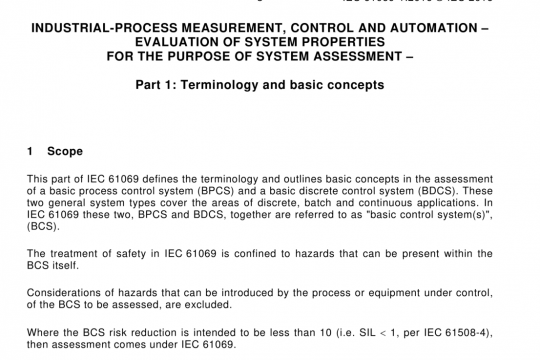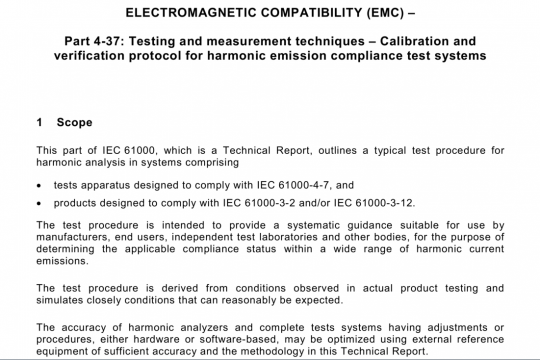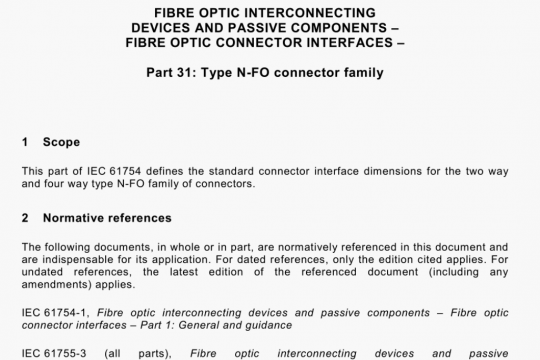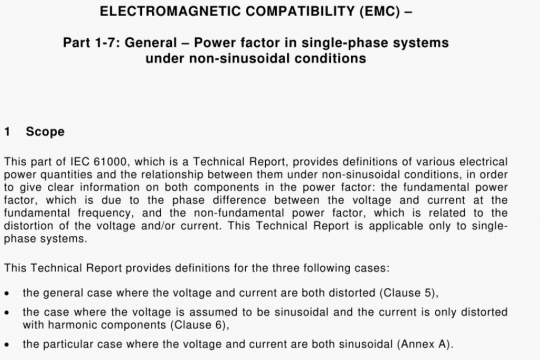IEC 61000-4-31 pdf free download
IEC 61000-4-31 pdf free download.Electromagnetic compatibility (EMC) – Part 4-31: Testing and measurement techniques – AC mains ports broadband conducted disturbance immunity test.
6 Test equipment and level setting procedures
6.1 Test generator
The test generator (see Figure 3) includes all the necessary equipment and to provide a broadband input to the CDND that causes the required test signal to be applied to the EUT with the required level, frequency range, modulation, etc.
A typical arrangement comprises the following items which may be separate or integrated into one or more test instruments:
• a white noise source, Gi, capable of generating a broadband signal over the frequency band of interest. The parameters can be set by manual control or programmable control (e.g. frequency band, amplitude). For more details, see Annex B.
• a pulse modulation capability of 1 Hz and 2 Hz (50 % duty cycle);
• a variable attenuator, Al, (typically from 0 dB to 40 dB) to control the output level of the generated disturbing source, and which is optional;
• an RF switch, Sl, by which the disturbing broadband signal can be switched on and off when evaluating the immunity of the EUT. Sl may be included in Gi and is optional;
• a broadband power amplifier, PA, which may be necessary to amplify the signal if the output power of the Gl is insufficient;
• a low-pass filter (LPF), and/or a high-pass filter (HPF), which may be necessary to avoid interference caused by (higher order or sub-) harmonics with some types of EUT, for example RF receivers. When required, they shall be inserted between the output of the broadband power amplifier, PA, and the coupling device (CDND).
The characteristics of the test generator are given in Table 2.
6.2 Coupling and decoupling devices
6.2.1 General
Coupling devices shall be used to apply the broadband test signal over the frequency range of interest, with a defined common mode and differential mode impedance at the EUT port under test.
Decoupling devices shall be used to prevent the other devices, equipment and systems that are not under test from being disturbed by the test signal.
The coupling and decoupling devices can be combined into one box (a coupling/decoupling network) or can consist of several parts. The preferred coupling and decoupling devices are CDNDs for AC ports and CDNs for all other ports, this is to ensure reproducibility of the test and protection of the AE.
Coupling and decoupling devices shall be used for the following two purposes:
• CDNDs shall be used for the purpose of applying the broadband test signal into the AC mains port under test of the EUT and, where applicable, for decoupling or terminating the AC cables not under test.
• CDNs shall be used for the purpose of decoupling or terminating all other cables (other than AC cables) not under test.IEC 61000-4-31 pdf download.




